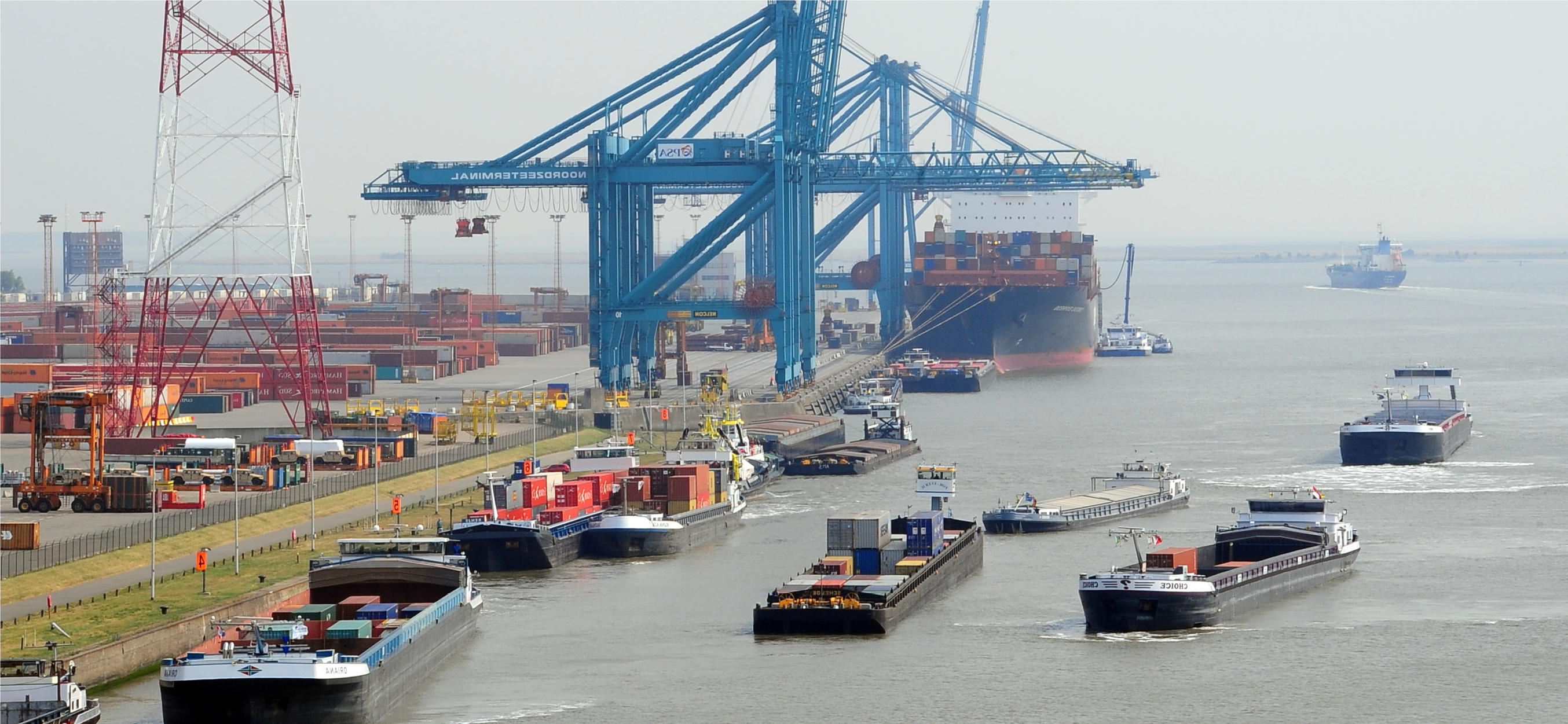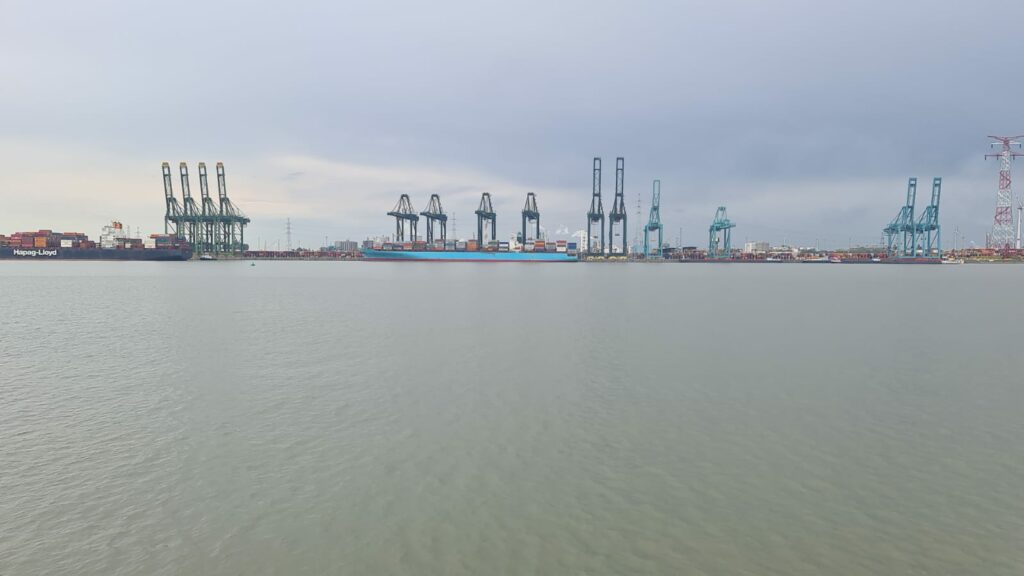As Treasurer of the NGO Juventus I had a very interesting meeting with our Banker last week. On our question: “what would be a relative safe investment portfolio” he responded with a profound Global Political Analysis that was – to say the least – rather pessimistic. After that i realised that a large part of the Global conflicts are today religiously motivated. Lets start with the fundamentals of the Israeli drivers. The Torah, the first five books of the Hebrew Bible, contains several passages that some interpret as giving the Israelites a divine mandate to conquer and settle the land of Canaan, which includes the modern-day State of Israel. In the book of Deuteronomy, Moses speaks to the Israelites about their impending entry into the land of Canaan. He tells them that God has given them this land and they are to take possession of it. Over the century’s these rights have been subject to many interpretations but the extreme fascist Zionists still conveniently use this as their “right” to conquer and own the land today named “Israel”.
Surprisingly, the same 5 books of the Koran – the same as in the Thorah – do not claim the eradication of the Jewish people. The calls for the eradication of Israel by some Muslim leaders, such as Iran’s Supreme Leader Ayatollah Ali Khamenei, are based on political and ideological conflicts, not on teachings from the Koran. These leaders often use religious language and symbolism to rally support and justify their positions. They fundamentally abuse the Koran. For example, Hamas, an Islamic Palestinian group, has used the Al-Aqsa Mosque, the third holiest site in Islam, as a rallying cry to unite Muslims. They argue that their faith is under assault and call for action against Israel. The foundation of Hamas lies in the ignorance of the 1948 UN resolution by Israel. The fascist extremisme of Otzma Yehudit and the Zionist movements are daily applied on the Westbank where Israeli extremists chase Palestinian Families from their homes and take possession of their properties.
And than there is Vladimir Putin’s motivations for invading Ukraine. Putin has expressed a desire to protect Russian-speaking people in Ukraine. He has also voiced concerns about Ukraine’s growing ties with the West and its aspirations to join NATO. Putin views the expansion of NATO towards Russia’s borders as a security threat. So much for the anxiety disorder of Putin. Than there are the Personal Factors. Some reports suggest that personal resentment and a desire for revenge were driving factors behind Putin’s decision to invade Ukraine. This mental condition is called “Narcissistic Personality” Disorder. However, behind this mask of extreme confidence lies a fragile self-esteem that’s vulnerable to the slightest criticism. And than there is the Fear of Democracy. Another perspective suggests that Putin’s fear of democracy, particularly the idea of a successful democratic state on Russia’s border, convinced him to invade Ukraine. He is also strongly motivated by the corrupt Russian Orthodox Church.
So much of these global conflicts are religious motivated.
It brings me to the Dutch Theologue Harry Kuitert. Here is what he found;
First there was his thesis that faith has an ‘anthropological floor’. That is, Religion is time-bound. Religion is human work, with all the limitations and errors that speaking about it and its transmission can entail.
Therefore, believing is not the acceptance of doctrines that have been handed down and handed down as true, but involves the task of looking at statements of faith as a ‘search design’ and searching for what is credible and what is not (anymore).
Further the consequence of this is the thesis: “All speech about Above comes from below, including speech that claims to come from Above”. It eventually leads to the conclusion that faith, including belief in a God, is “of imagination”, created by man who thus tries to give meaning to a chaotic and profoundly meaningless existence. Yet, faith certainly does have substance, though that is the substance people give it, faith is human imagination. Faith, however, must be tested continuously, it is ultimately about reliable knowledge. Definitive testing is not possible.
Is it okay to doubt?
Yes, according to the scriptures in all religions, it is permissible to doubt. The Christian faith recognises that doubt can be a part of the life of faith. Doubts can be both objective and subjective, and can sometimes be dispelled by pointing to the strong historical basis of faith.
In the context of “search design”, doubting is therefore a task and a constant. Keep searching and when you find, search further and further.
So what these extremist religious “leaders” fail to do is to accept doubt and be open to dialogue. Instead they enforce their rules and lifestyles on the world with no regard to the well-being of Gods creation.
It brings us to the concept of “stewardship” which appears in the Thora and Koran, but it is not used specifically to express our responsibility towards the creation. An example is Genesis 2:15, where Adam is appointed to till and maintain the garden of Eden. This means that man is tasked with carefully managing God’s creation.
And that is what all these so called Leaders fail to do – on the contrary – they seek to destroy God’s creation and all living creatures as fast and profoundly as possible.
Shame on all.

